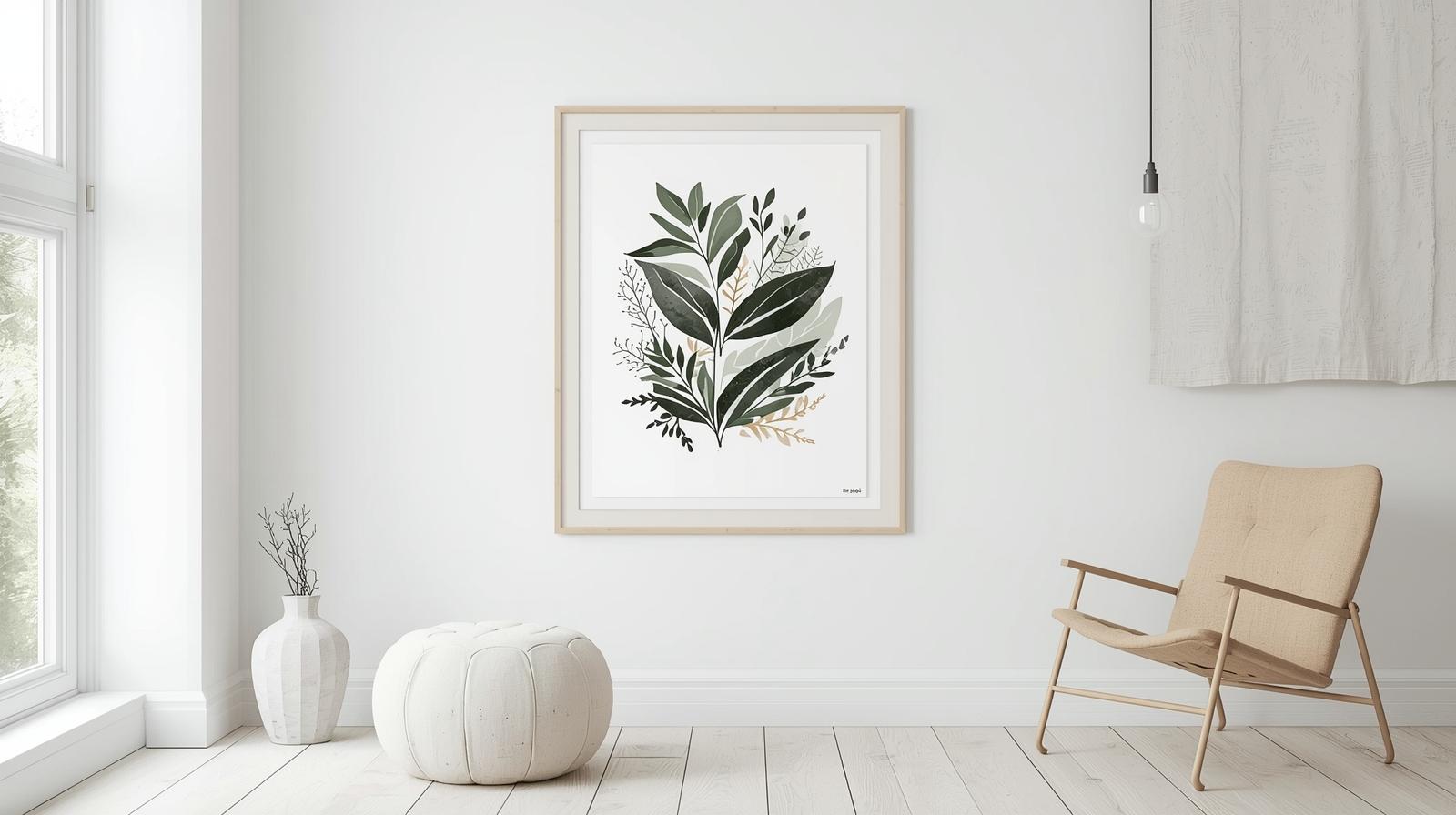Pyntekvister is a Norwegian word often associated with Scandinavian interior design that translates to fancy dividing in English. Pyntekvister used a blend of design and decorative elements, incorporating both natural and artificial textures into a space. Traditionally, these actual twigs are collected from nature, painted, ribbons, or decorated for a variety of joyful events. Pyntekvister reflects the plane that even the most popular ordinary elements of natural warmth and texture the atmosphere in a modern living space. Pyntekvister is a beautiful design of natural paints with color.
The Historical Roots of Pyntekvister
The Historical Roots of Pyntekvister the back to traditional and cultural Scandinavian, where nature played a central role in daily life, creative declaration. Historical branches were decorated during seasonal rituals, renewing the symbol of fertility or protection against negative forces. The Historical Roots of Pyntekvister in centuries, people in Norway, Sweden, and Denmark have used natural materials such as wood twigs, leaves, and flowers to decorate in homes during seasonal festivals and celebrations. During the 19th and 20th centuries, as Nordic minimalism gained prominence, the concept of Pyntekviste modren design principles highlighted directness, harmony, and functionality.
The Symbolism of Pyntekvister in Daily Life
The Symbolism of Pyntekvister in Daily Life went beyond simple decoration; it represents a deep connection between humans and nature in Scandinavian culture. Different types of carry messages for strength growth and balance. Comprising Pyntekvister in our daily surroundings can remind us of the natural cycle of life, grounding us in respect for the environment. In modern design, Pyntekvister continues to represent these values, blending Philosophy of art with mindfulness. For example, Pyntekvister embodies the simplicity and natural beauty of the Scandinavian way of life.
Types and Materials of Pyntekvister
In contemporary design, Pyntekviste can also be made from artificial materials like metal, resin, or eco-friendly materials, allowing for greater durability and customization. One of the advantages of artificial Pyntekvister is its reusability. Materials of Pyntekvister the space unique, maintaining the core philosophy of sustainability and harmony with nature. Pyntekvister comes in various types and materials, each reflecting a different Beautiful design and mood within Scandinavian-inspired interiors. Traditionally, natural materials examples include birch twigs, olive types, eucalyptus, willow, or dried lavender.
Painting and embellishing your branches
Painting and embellishing your Pyntekvister types is a creative way to add personality and seasonal charm to your decor. Trim your branches to create flat surfaces that stop unwanted smudges. metallic shades like gold or silver for festive occasions, or in pastel hues to create a calming, natural feel. displayed in a vase, hung on a wall, or arranged as a centerpiece, painted and decorated Pyntekvister bring warmth, creativity, and a personal touch to any space.
Conclusion
Pyntekvister used a blend of design and decorative elements, incorporating both natural and artificial textures into a space. The Historical Roots of Pyntekvister in centuries, people in Norway, Sweden, and Denmark have used natural materials such as wood twigs, leaves, and flowers to decorate in homes during seasonal festivals and celebrations. Pyntekvister comes in various types and materials, each reflecting a different Beautiful design and mood within Scandinavian-inspired interiors. Trim your branches to create flat surfaces that stop unwanted smudges. metallic shades like gold or silver for festive occasions, or in pastel hues to create a calming, natural feel.
FAQs
What is pyntekvister?
Pyntekvister is a Norwegian word often associated with Scandinavian interior design that translates to fancy dividing in English. Pyntekvister used a blend of design and decorative elements, incorporating both natural and artificial textures into a space.
Does a pyntekvister need upkeep?
Yes, pyntekvister need minimal upkeep, mainly occasional dusting or refreshing if they are natural branches.
What makes Pyntekvister special in Nordic style?
Pyntekvister are special in Nordic style because they reflect simplicity, natural beauty, and a deep connection to nature.

